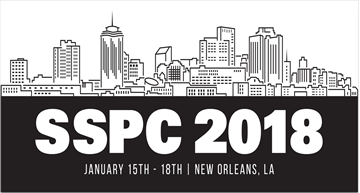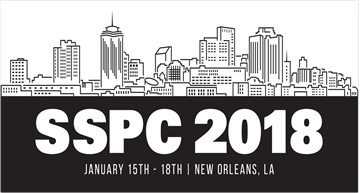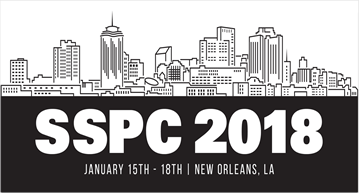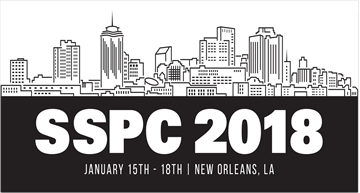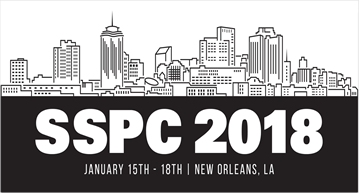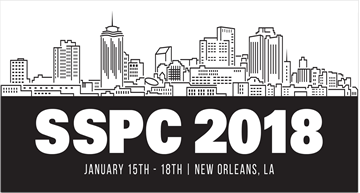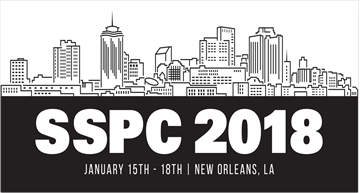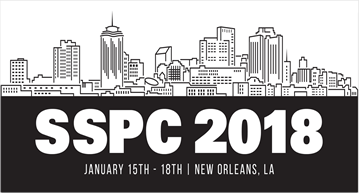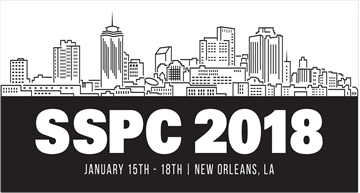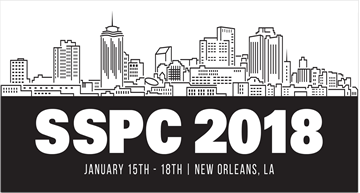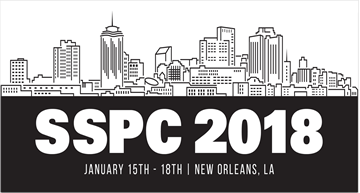Search
Products tagged with '2018 Conference Papers'
View as
Sort by
Display
per page
Protection of Interfaces in Natural Gas Compressor Stations and Petroleum Tank Farms
Product Number:
51218-158-SG
Publication Date:
2018
$20.00
Proven Offshore Wind Power Coating Solutions
Product Number:
51218-119-SG
Publication Date:
2018
$20.00
Put Down that Blast Nozzle! How to select and optimize wet or vapor abrasive blasting equipment
Product Number:
51218-114-SG
Publication Date:
2018
$20.00
Regulatory Update: Current and Emerging Trends in Occupational and Environmental Health
Product Number:
51218-124-SG
Publication Date:
2018
$20.00
Respirators - What's Needed for an OSHA Respirator Program
Product Number:
51218-098-SG
Publication Date:
2018
$20.00
Retro Tank Rehab One City’s Riveting Tale
Product Number:
51218-097-SG
Publication Date:
2018
$20.00
Sequential Combining of Ultraviolet Light and Salt Spray Stresses: Toward the Next Generation of Test Methods
Product Number:
51218-111-SG
Publication Date:
2018
$20.00
Significance of Evaluation Methods for Surface Applied Corrosion Inhibitors
Product Number:
51218-113-SG
Publication Date:
2018
$20.00
SR 292 Over Perdido Keys – Challenges to Field Metalizing of Steel Superstructure
Product Number:
51218-143-SG
Publication Date:
2018
$20.00
SSPC-SP 13/NACE No. 6, Surface Preparation of Concrete The New Revision
Product Number:
51218-122-SG
Publication Date:
2018
$20.00
Statistical and Technical Evaluation of Rapid Dry Film Thickness (DFT) Measurement Technologies
Product Number:
51218-136-SG
Publication Date:
2018
$20.00

